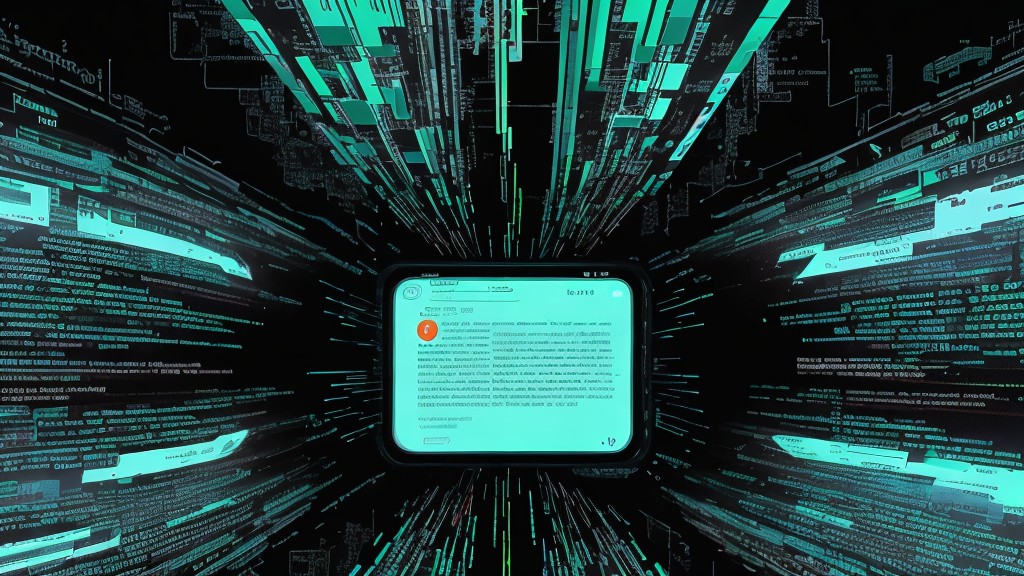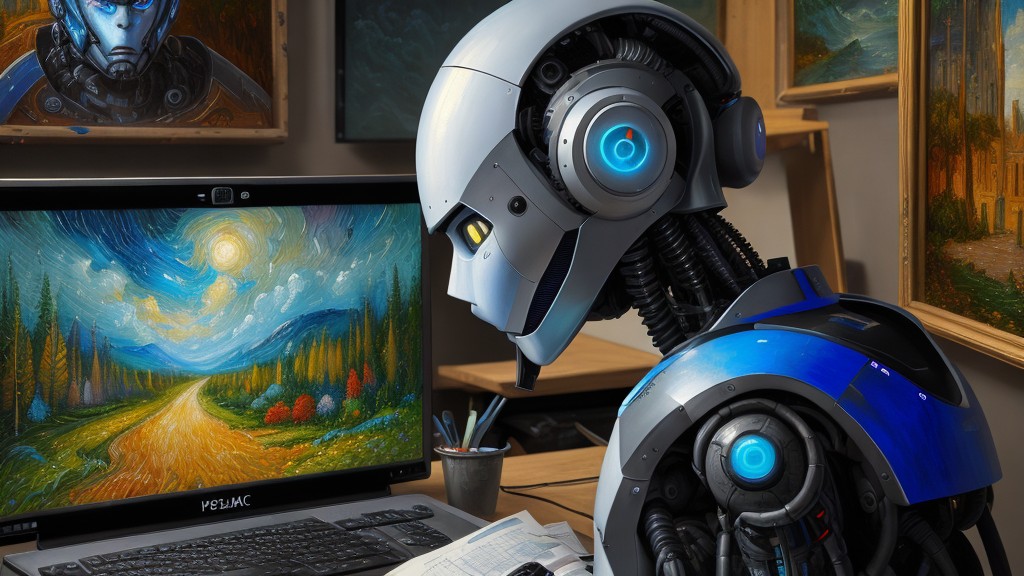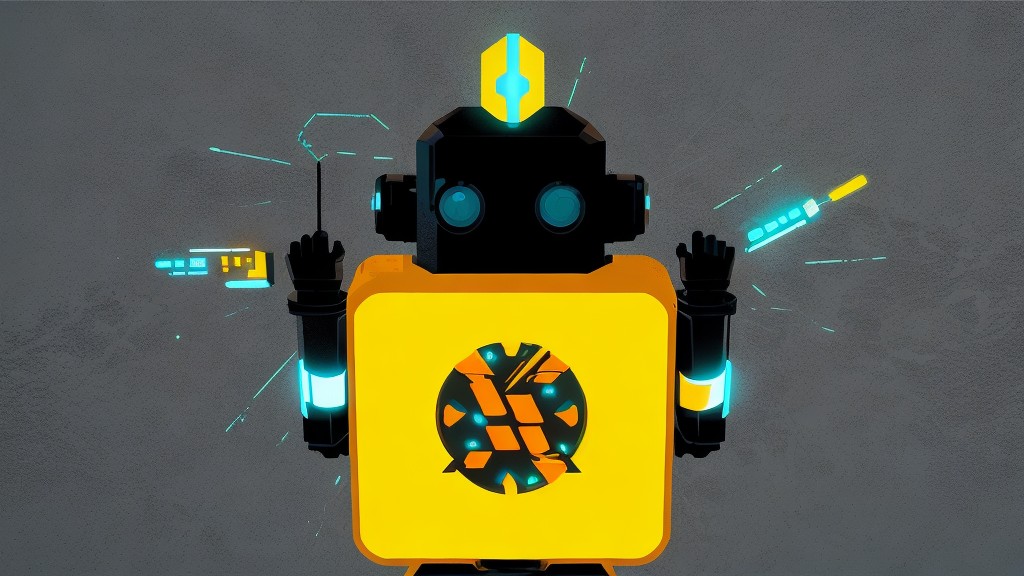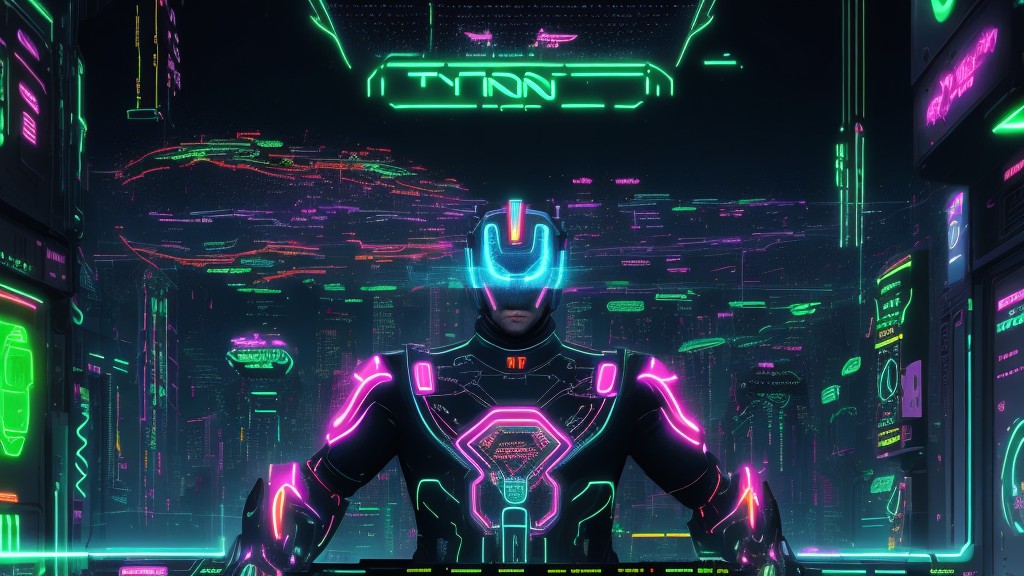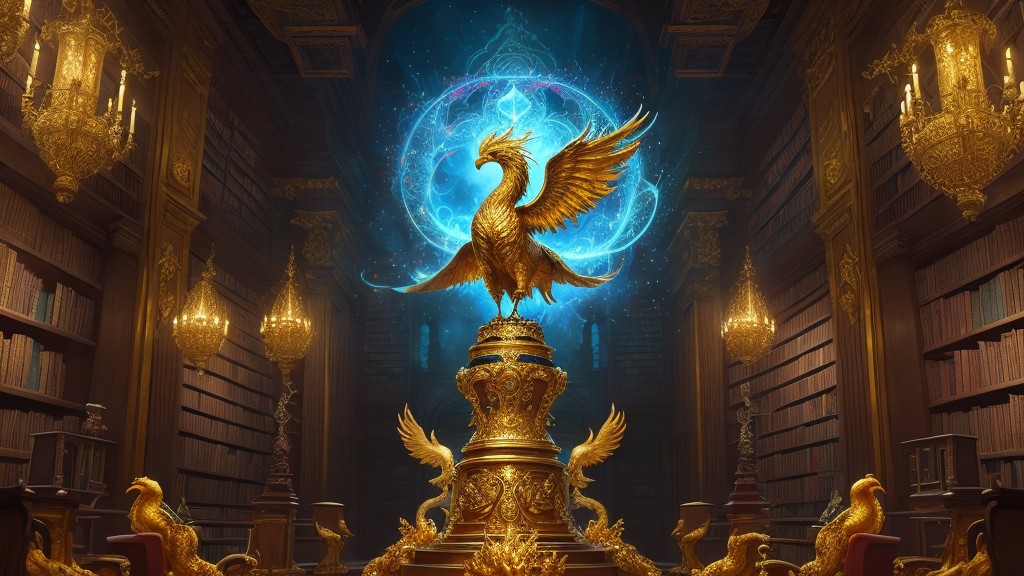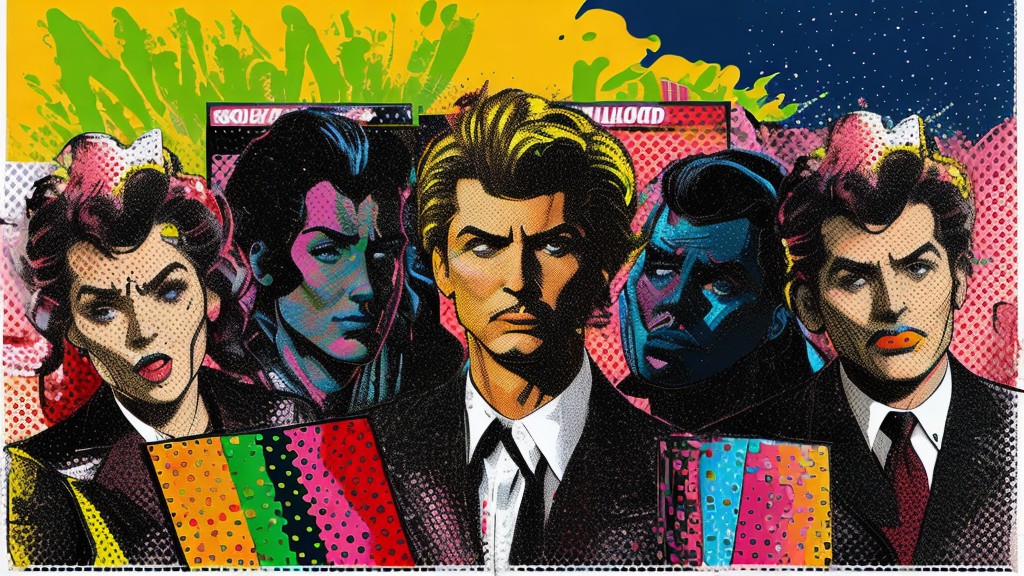
The Hollywood Uprising: AI’s Impact on Creativity, Jobs, and the Future of Artistry

The Hollywood Uprising: AI’s Impact on Creativity, Jobs, and the Future of Artistry
On a day that will be marked in Hollywood’s history, a colossal figure of over 170,000 actors and writers have decided to down their tools, setting the stage for an unprecedented strike action. The crux of the matter lies in an imminent concern, the encroachment of artificial intelligence (AI) on their roles. This might have sparked mixed reactions among spectators and industry professionals alike, but it undeniably brings to light the larger question that lurks in the shadows of our AI-dominated future: What happens to the creative professions in this new age of AI?
Even though the concept of AI snatching jobs away from humans isn’t fresh, this show of solidarity emanating from the creative industry is a powerful symbol of the burgeoning anxieties among creative professionals, as they grapple with how AI advancements could steer their careers off course.
AI has come a long way, from mere conjectures about its capabilities in the ’90s, to now being seen as a powerful tool that could imitate, and even boost human creativity. These advancements in AI have thrown open doors to unimaginable innovations, from artworks to autonomous space explorations. Not only does AI facilitate humans with extra time for innovation, it also provides opportunities to blend different technologies creatively, forming new ways of working.
But should we view this development as a threat to human creativity, or rather as a catalyst for greater artistic expressions? The truth might not be as binary as it
Some creative professionals remain optimistic. They view their creativity as a uniquely human trait, and see AI as a useful tool that aids their workflow. Indeed, AI has been effectively integrated into various creative processes, relieving creators of tedious tasks and boosting their efficiency. Yet, this optimism doesn’t negate the fact that AI’s advancements are causing a stir in the creative world.
AI’s impact on creativity can be viewed through a wider lens, where it acts not as a replacement, but as an enhancement to human abilities. With its mathematical prowess and data analysis skills, AI can suggest solutions and open up creative avenues that humans may not have considered. In the end, AI is just a tool. The real skill lies in using it to recognize what people want and delivering it.
However, it’s also crucial to recognize that AI is not yet perfect, especially when it comes to creative jobs. AI can create improvised pieces of music or stylized images, but these lack a crucial element – human intention and connection. Therefore, while AI can automate the creative process to an extent, the creativity imbued with a sense of purpose, emotion, and intention remains a human domain.
This Hollywood strike could be seen as an alarm bell, signalling us to examine and prepare for the future of creative professions in the age of AI. As AI becomes more entwined with our work, it’s important to reassess where we spend our time on non-creative tasks, and how we can use AI to further boost our artistic output.
In conclusion, the future of creative professions in the age of AI might not be an apocalypse, but rather a fusion. It could be a world where human creativity merges with AI capabilities to form a more robust creative industry. A world where AI does not replace, but coexists with, and enhances human creativity.

